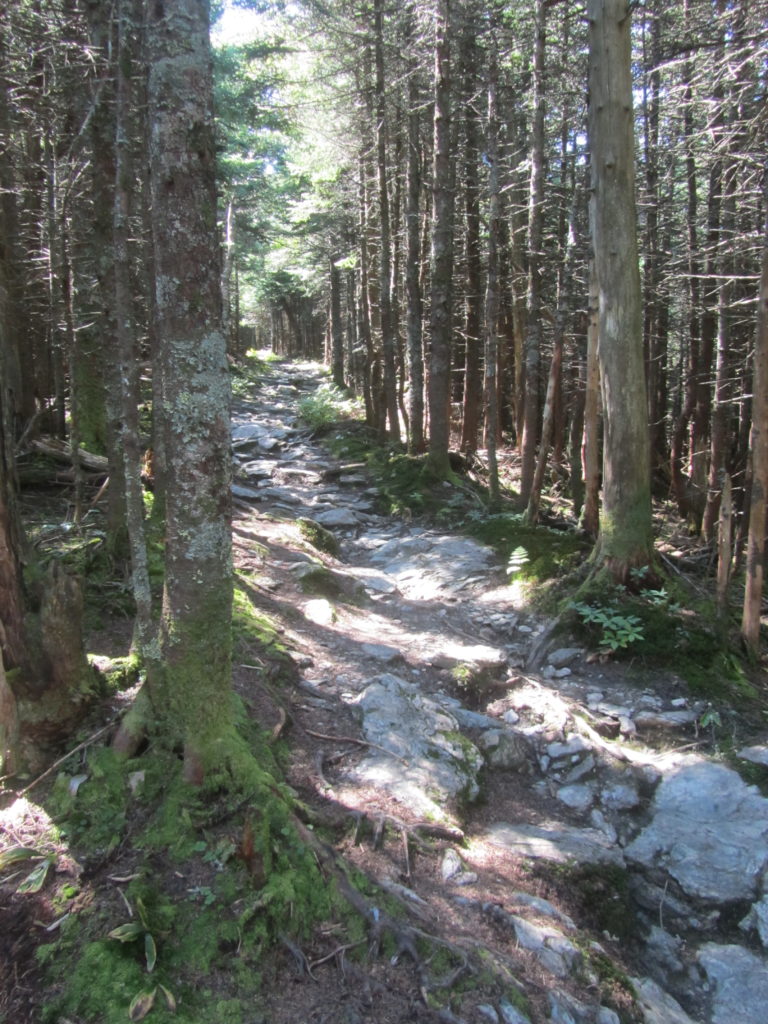Night calls and community
 It was after midnight when I finally had the opportunity to read Ben Haravitch’s recent contribution to his every other Owl issue installment of “That Finger Lakes Sound.” In this installment, he explores the language behind community music – in the Finger Lakes and everywhere – and emphasizes that “scene” is an inaccurate and misleading name, and that being a part of local music is better described as a “music community.”
It was after midnight when I finally had the opportunity to read Ben Haravitch’s recent contribution to his every other Owl issue installment of “That Finger Lakes Sound.” In this installment, he explores the language behind community music – in the Finger Lakes and everywhere – and emphasizes that “scene” is an inaccurate and misleading name, and that being a part of local music is better described as a “music community.”
Not one to easily mingle, I have, nonetheless, often sought out music in public spaces at times when I wanted to feel connected. There is something about this act of people coming together, the act of sharing the surrounding air space with collaborative sounds – even if I am not one of the musicians or even musically inclined – that provides that all important sense of belonging that we all crave (at least at times).
Most of my time I prefer to spend in the wilds, away from the hustle and bustle of human activity, and this experience of being away from the crowds during my late night awake time (around the time, I noted, when the crowds have thinned and only a motley mix of barflies and groupies remain to watch the evening unwind as the musicians pack up) zeroed my thoughts in on a different Finger Lakes sound than the one found in the eclectic and wonderful collections of pubs and clubs and coffee houses all around us.
Darkness had long since descended, but the air was alive with a cacophony of sounds, of music, as the many night creatures rejoiced in their experiences and shared in their respective and wider communities. While living near Connecticut Hill I heard coyotes nightly but have heard less of them in these parts. There was something about Monday night that inspired musical collaboration and they joined in with the other more common nighttime serenaders – quite close by it seemed. Their rhythmic harmony mingled with peepers, tree crickets, bullfrogs, bats, baby birds, a distant (and quite vocal) Barred owl and a host of other night sounds that I was less familiar with.
I read recently about a study related to the high humans gets from dance and I suspect the same type of conclusion can be drawn about music. In a recent conversation about addictive behaviors and suicide, we touched on this as it might relate to musicians who seek out other, less healthful highs, when the music and associated feelings are no longer adequately euphoric. Like us, other communities of animals use these communal expressions to belong in a way that goes beyond communication.
The scientific name for coyotes, Canis latrans, means “barking dog.” A bark is a clear warning to stay away; it serves as a protective threat. Yelping, often heard among pups at play, and howling seem to take these communicative vocalizations to another level. If all that was needed was a warning, a simple bark or huff might serve just as well, but there is a cohesion to these songs that seems more rooted in a desire to, well, make music together and share it with others in the neighborhood.
During a recent dinner out at Fanatics we listened to Charlie Ellis play guitar and sing. Not everyone was fully attentive to the tunes, as conversations echoed along the bar. Still, brought about in part by Ellis’s eclectic mix of cover and original tunes and his call for requests, there was a togetherness around the music evidenced by dancing, vocalizations, applause and, thankfully, contributions to the musicians.
There are so many daytime sounds: Echoes of across the valley human activities, passing cars, bird songs, chirping nestlings outside my window, the gentle rustling of wind in the trees, the sound of overhead squirrels dissecting spruce cones and the displacement of twigs and leaves as various animals move about foraging and frolicking. These sounds are more solitary in nature; the sounds of creatures going about their daily business of survival.
There is something different about the night sounds. I will travel later in June to the southern end of the lakes, closer to my roots, to join my friend Doc as he celebrates a birthday – to me the most meaningful of human holidays. These gatherings start in the afternoon and settle into the night. Set back behind their home on ancestral land– a succession from fields to forest – there is always a campfire and often various musicians.
As the night descends, people move closer together in a gathering that is, I believe, integral to all but the most solitary of night creatures. Perhaps it is the darkness or maybe just the moments allotted to reflect on the day and the fragility and transience of life, of being things alive, that draws us closer. Whatever it is, collective vocalizations – be they stimulating conversation inspired by merriment or the notes of remembered or conjured songs mingling in the night air – are integral to these community gatherings. Like the coyotes and peepers with their high pitched and at time deafening chorus, we generate a collective spirit that provides safety and offers respite from, as novelist Milan Kundera so eloquently puts it, “The Unbearable Lightness of Being.”
D.E. Bentley ~ Editor, Owl Light News